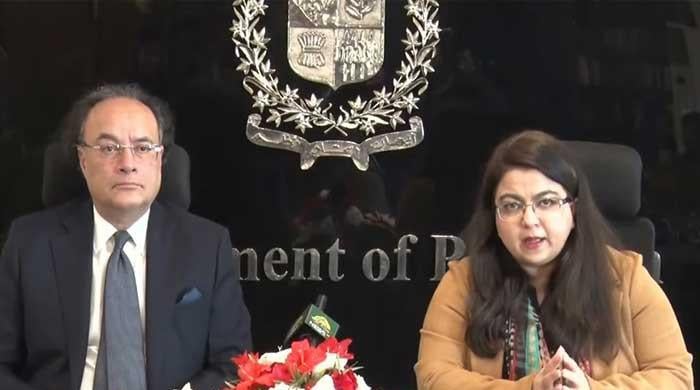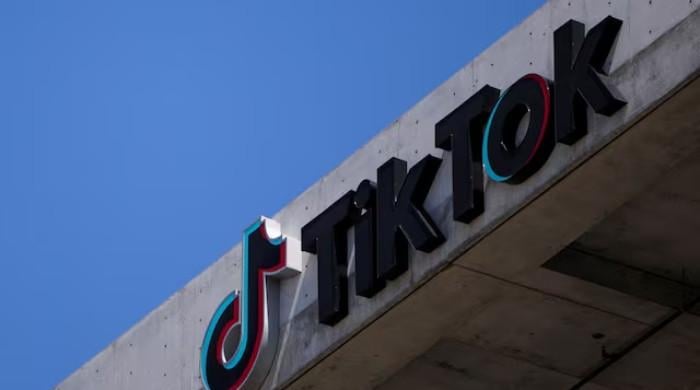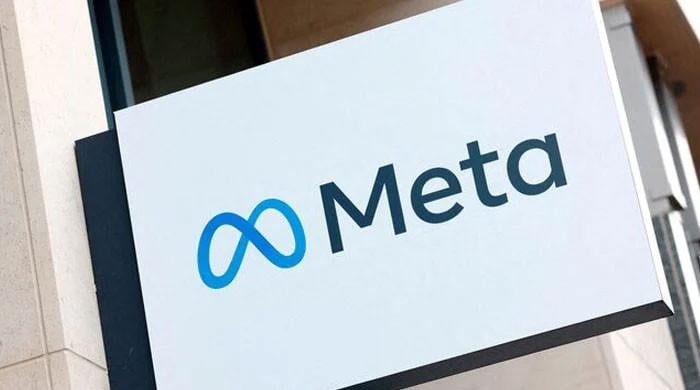Earth set to bid farewell to its temporary 'mini moon'
Experts believe Earth's mini moon is actually chunk of moon ejected after impact from crater-forming asteroid
November 25, 2024

Remember the "mini moon" that entered our celestial neighbourhood on September 29 and left everyone intrigued? Well, it's now time for it to depart.
The 33-foot asteroid, designated 2024 PT5, has been accompanying Earth for the past two months and is now set to break free on Monday, succumbing to the stronger gravitational pull of the sun.
But don't fret because, according to KSL, it will return for a brief visit in January, allowing scientists to gather more insights.
The National Aeronautics and Space Administration (Nasa) plans to utilise a radar antenna to study the asteroid during encounter, potentially deepening scientists' understanding of 2024 PT5.
Although it's often referred to as a mini moon, Nasa clarifies that it was never captured by Earth's gravity and does not orbit our planet.
Instead, experts believe that the "interesting object" is actually a fragment ejected from the moon by a past impact from a crater-forming asteroid, making it essential for further research.
The astrophysicist brothers who identified the asteroid's "mini moon behaviour," Raul and Carlos de la Fuente Marcos, of Complutense University of Madrid, have collaborated with telescopes in the Canary Islands for hundreds of observations so far.
The two-million-mile distance between the mini moon and the Earth makes it too small and faint to see without a powerful telescope.
However, when it returns in January, it will pass as close as 1.1 million miles of Earth, maintaining a safe distance before it zooms farther into the solar system while orbiting the sun, not to return until 2055.
First spotted in August, this asteroid began its semi jog around Earth in late September, after coming under the grips of Earth's gravity and following a horseshoe-shaped path.
"By the time it returns next year, it will be moving too fast — more than double its speed from September — to hang around," said Raul de la Fuente Marcos.
Nasa will track the asteroid for more than a week in January using the Goldstone solar system radar antenna in California's Mojave Desert, part of the Deep Space Network.
Current data suggest that during its 2055 visit, the sun-circling asteroid will once again make a temporary and partial lap around Earth.









